Ghana is one of the countries dubbed as “Africa for beginners“, where people are nice and where it is safe and easy to travel. It seems true so far, the infrastructure is good, the roads are paved, electricity and water work everywhere. Within 20 minutes, I got a sticker of the country, a flag to hang behind my bike, and found an ATM accepting visa and maestro debit cards! For the small town of Dormaa, that is quite impressive.
I spotted also a lot of state-run intercity buses, also something I didn’t see since Morocco. Up to now, it was only the ndiaga ndiaye, the toca toca, … the names for the collective taxi-minivans departing only when full.
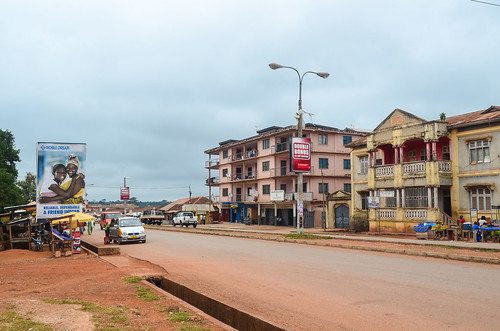
In the villages, the people are greeting me friendly and the kids have a big smile. The names are no more ending with -KRO like the Baoulé ones in Ivory Coast, but in -KROM, a sign that the two ethnic groups are not far from each other.
My lunch stop is to get banku, the maize and kassava mashed together, served with gooey green stuff (a sauce from okra), chewy stuff (probably cow skin) and fish.
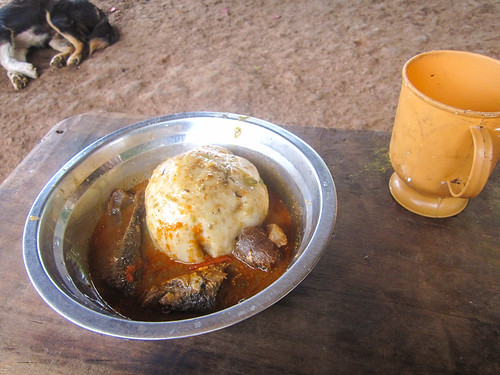
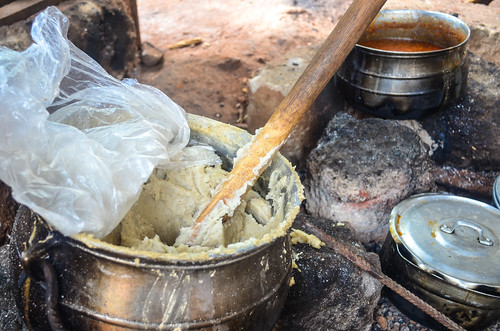
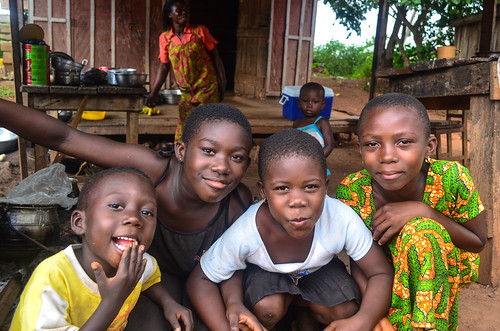
I pick a small dirt road to avoid the big town of Sunyani. My objective for the next 2-3 days is to reach Kumasi, the Ashanti capital. It is hot and the plantations are all around.
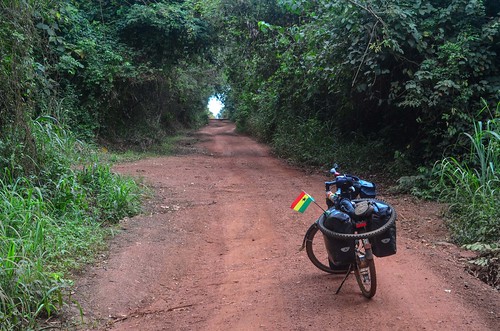

I sweat a lot on this road and don’t meet that many people.
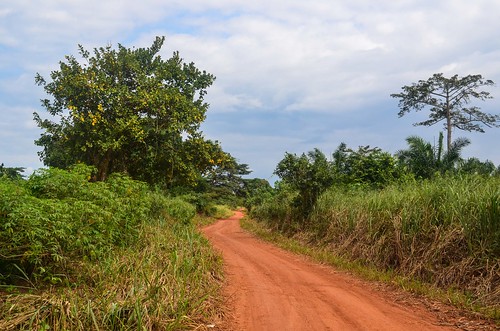
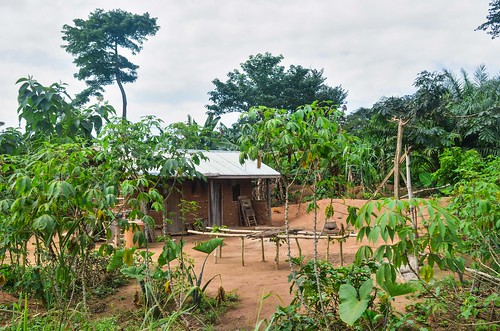
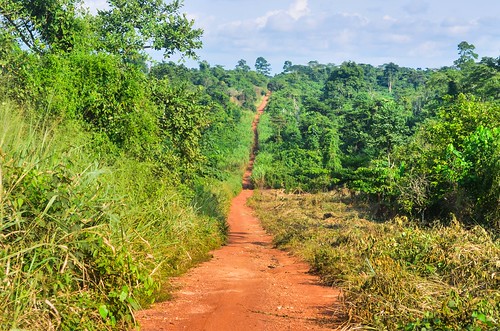
The road is turning to asphalt and I am looking forward to camp once I take the small “shortcut” track, shorter in distance, longer in time, off the main road.
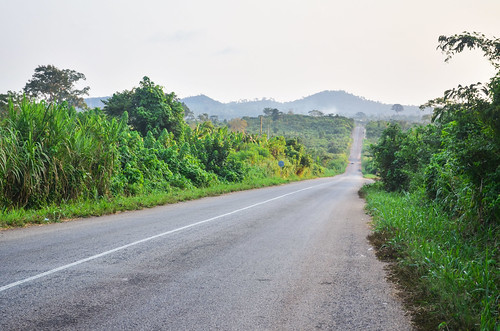
The night is coming earlier and earlier. First, the days are shorter as I am going towards winter, and second, I am cycling east without changing time zone. It is now good to find a campspot around 6 pm, as it is pitch dark at 6:30 pm.
The problem is that the dirt road identified on Google Maps doesn’t exist. Or more exactly, it is the main road there. Google Maps is often inaccurate regarding to road importance. Thick yellow lines may be dirt roads and narrow black ones can be paved or even major road links. It is what is happening to me right now: my small road is the big one.
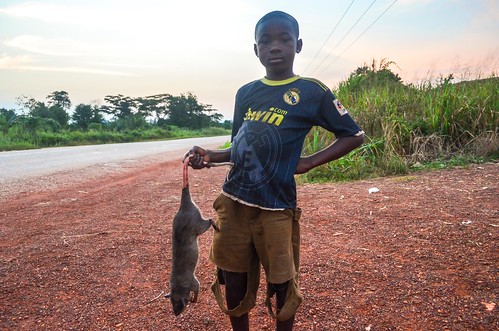
I cannot camp next to a major road, so I stop when I see a group of buildings looking abandoned. Fourson is the guard there. It belonged to the road building company but hasn’t been used for the past 10 years. So the guard is watching over 4 buildings and 2 machines that are being reclaimed by nature. There is plenty of space for me to stay so it’s perfect.
Fourson hasn’t been paid in 8 months. Before, he has been working in Libya. More known for owning luxury hotels all over Africa, Gaddafi seems also liked for the fact that things worked well under his rule and salaries were paid on time.
To get water to shower, we must walk more than 1 km away to the pump. Fourson carries it on his head, it is the way people carry almost anything. I would be unable (or very sore and annoyed) to carry a bucket of 30 liters with my arms on such a distance, but putting things on the head, whether it is a big bucket of water, wood logs or a suitcase, seems and is much more convenient.
Kids by the road call me “broni!“. It really sounds like “brownie”, a bit ironic as it means “white man” in Twi language.
On my main road going south, just after a sign “Haul trucks crossing, slow down“, the road is cut by a wide gravel track. This is the Vermont gold mine link between the pit and the plant. And just as I passed it, the guard put the barriers down and a haul truck, huge indeed, passed in front of me. The Ashanti region of Ghana is a land of gold, and I am planning to visit the Anglogold Ashanti mine later on.
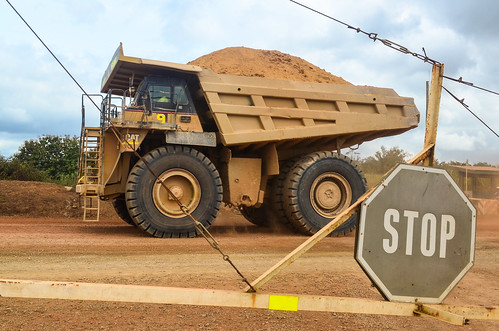
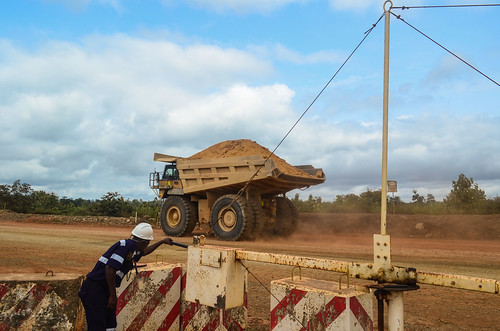
We can see on the satellite picture how ridiculous the size of the town and the public road is compared to the mine and the mine road.
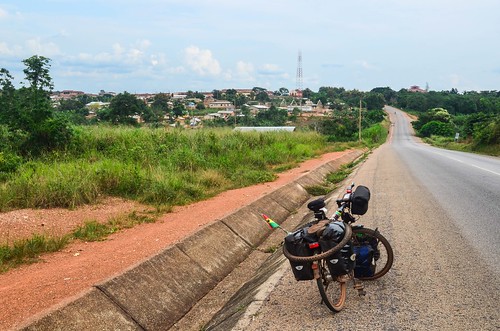
I spot 4 churches at a crossing in a small town. The New Apostolic church, the Methodist church, the 7th day Adventist church, and the Jeovah’s Witnesses kingdom hall. Even in small villages, there are churches everywhere. It is not always a large building, sometimes just a simple house with benches, but it makes countless signs for any type of church.
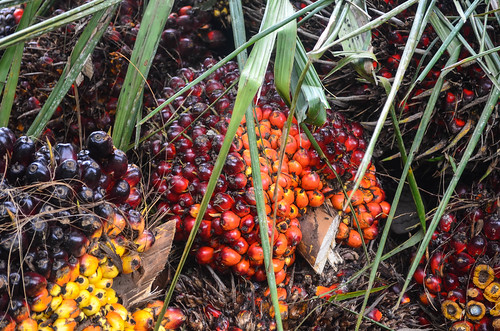
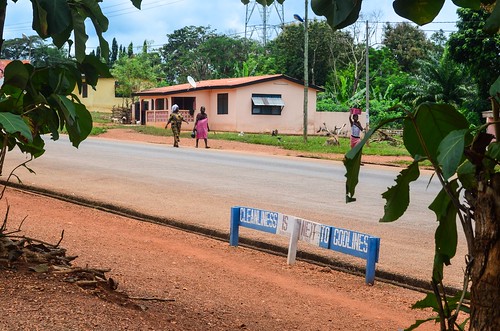
I am too late for Kumasi, Ghana’s second largest city, but it is better like this. I prefer entering big cities in the morning with enough daylight ahead of me to leave me time to cycle carefully among the hectic traffic.
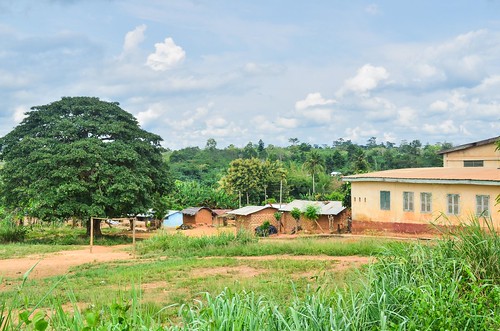
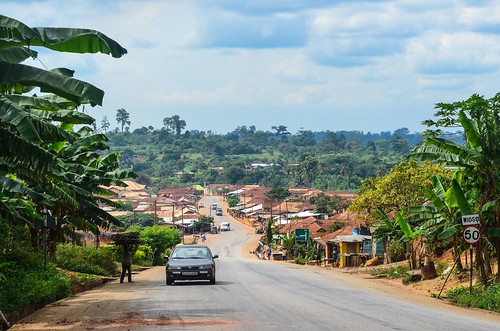
I now need to step off the main road and find a place to sleep. I take a small track going into plantations to find a remote camping spot. After a kilometers, the path ends in a small piggery/poulty farm. There is a caretaker staying there overnight, he is Kwame/Benjamin. By the way, my name would be Kwame as well because I was born on a Saturday (like Kwame Nkrumah). People born on a Friday are called/nicknamed Kofi (like Kofi Annan). Find your own!
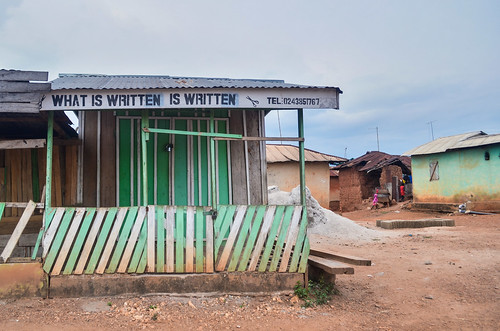
Kwame says I can camp anywhere within the plantation. Better than banana trees and kassava leaves, I find a good spot among the orange trees. It reminds me of Spain. But when I come back to the farm, Kwame offers a place to stay under the roof in one empty box. The same kind of box as where the pigs stay. The dilemma is now, to sleep in the tent hoping that the lightnings and thunder, not so far away, do not come to close to me, or to sleep in the farm next to the pigs, hoping that the chicken living on the roof beams don’t drop poopoos at me during the night?
Actually the box, and the farm in general, is very clean, and the smell is very tolerable. So I go for setting my mosquito net inside the pig box. Which seems the right idea as the rain fall as soon as the sun disappears.
We say goodnight at 7:30 pm, but I know I will not get much sleep in the morning anyway.
And surprisingly there is not much noise during the night. Kwame says that when the pigs are well fed, and there are here 3 times a day, they sleep quietly. The chicken also let me sleep. The morning feeding time is at 7 am for the pigs. It leaves me time to take a few photos beforehand.
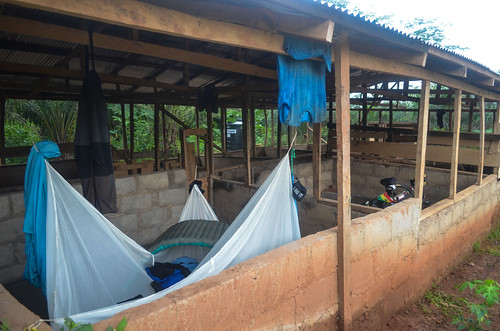
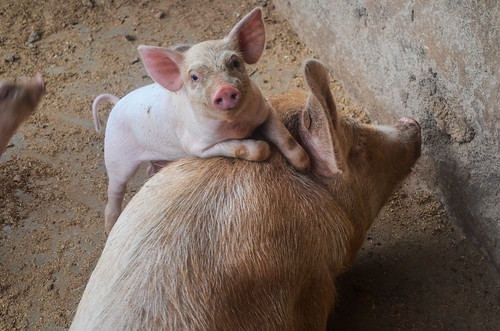
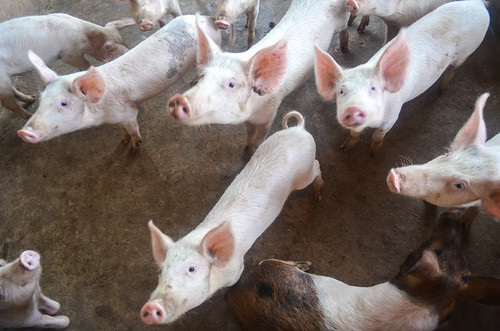
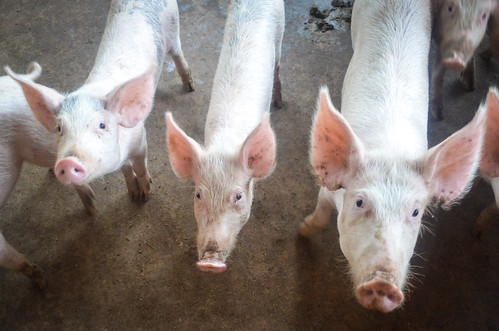
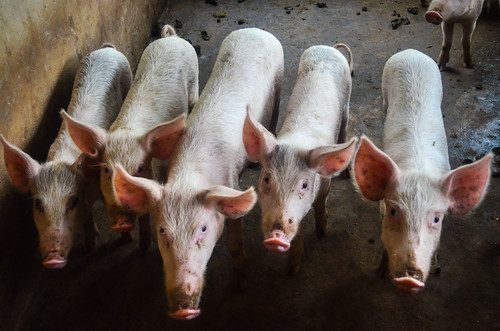

They make unbearable noises until Kwame feeds them, and the quietness comes back …
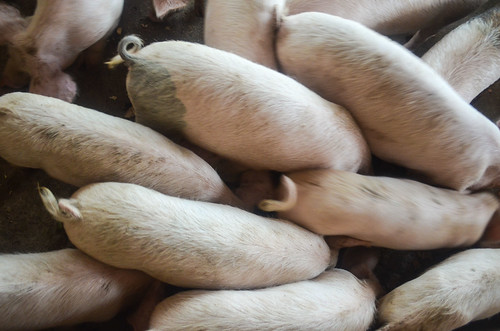
The first village on the way serves porridge. I figured that there is not often Nescafé in the non-French speaking countries. Porridge is a weird thing and I am not used to, but it is warm and feels good with bean cookies.
I enter Kumasi by a small road, the Abrapo road,so as to avoid the minivans driving too fast on the main road because the tar is too good.
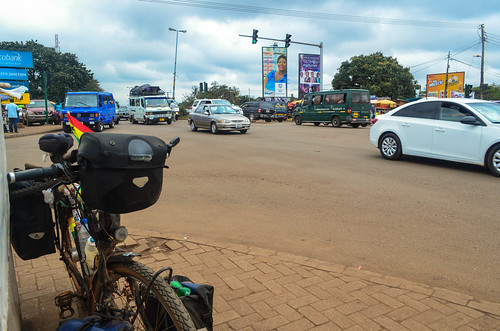
I get to my CS host Selasi in Maakro and we watch the football game on TV. Ghana defeats Zambia and ends up first of its group in the qualifications for the Brazil 2014 world cup. The game is happening in Kumasi so “they couldn’t lose“. Now Ghana is just one last game away from qualifying to go to Brazil.
I spend a day visiting and walking around in Kumasi. The center, Kejetia, is an incredible mess. The main transport hub, one of the largest markets of Africa, and too many shops, food stalls, and people, are concentrated in the heart of Kumasi.
Close by is the Manhyia palace, the historical residence of the Ashanti King. No pictures are allowed inside. The king now lives in a neighboring house and the visitable one is turned into a museum, where one can learn about the life of the Ashanti king and see the numerous objects made of gold. Kumasi has been chosen as the Ashanti capital when the Golden Stool landed here from the sky. It is now hidden where no one knows, as it triggered a war between the British and the Ashanti when the colons wanted to seize the stool from the locals. The legend says the Ashanti people will stay united as long as the golden stool is in their possession.
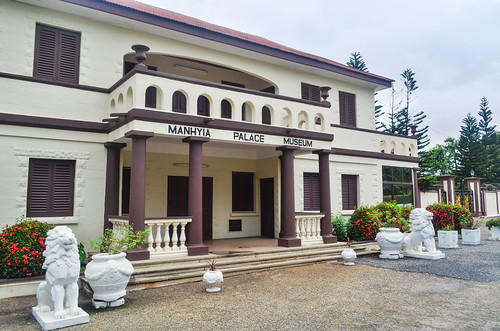
Close to the market as well, I spot a truck unloading dozens of bicycles. They look like the mamacharis from Japan. Some are still locked with the quicklock on the rear wheel. Some have a hub dynamo. Most have a Japanese sticker on it (the parking place or a police number). They are real mamacharis from Japan landing directly in Ghana!
So now, foreign students from Japan, you know where your bicycle might end if you leave it parked overnight in Teramachi.
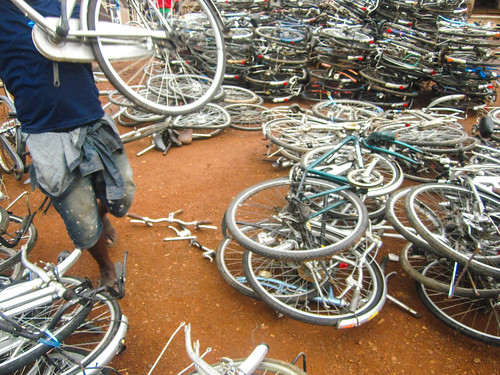
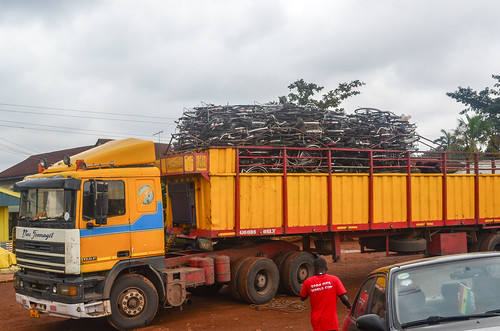
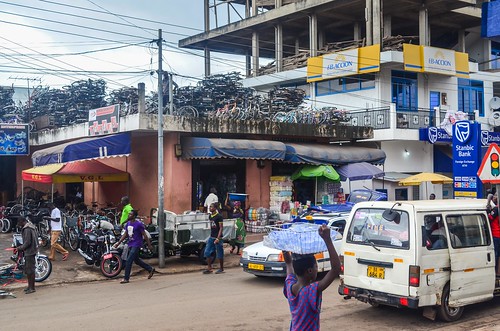
The prices in Kumasi are about the double than in the countryside. Or, since the food is ordered by price in GHC cedi, the Ghanaian currency (like in “Give me 1 cedi of rice and 2 cedi of chicken“), the quantities are much smaller.
Wikipedia says the Kejetia market is the largest single market in West Africa with over 10,000 stores and stalls.

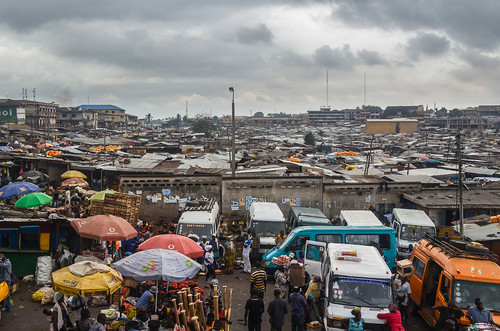
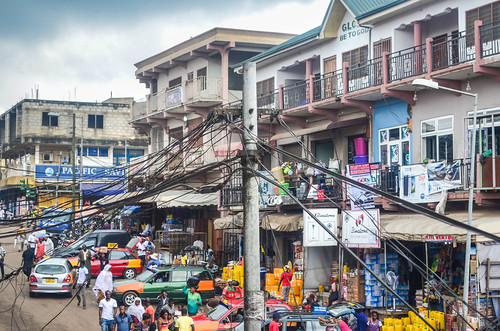
I am called rastaman quite a few times and asked if I am from Jamaica. Yes, sure …

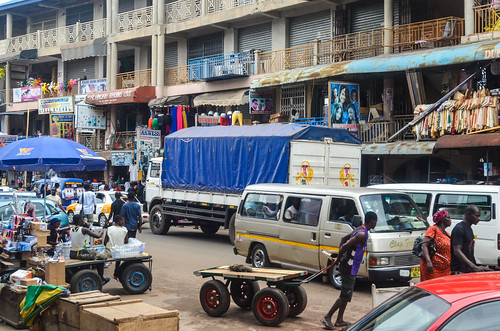
I visit a second museum, the one from the Ghana Armed Forces, in the Kumasi fort. This museum is actually more about foreign armies than the Ghanaian one. It is a collection of all the weapons collected by the Ghanaians when they were fighting alongside with the British during and after the WWII. For this reason, most of the weapons displayed are trophies from the Germans (from Togo), the Italians (from Eritrea, Somaliland), and the Japanese (from Burma).
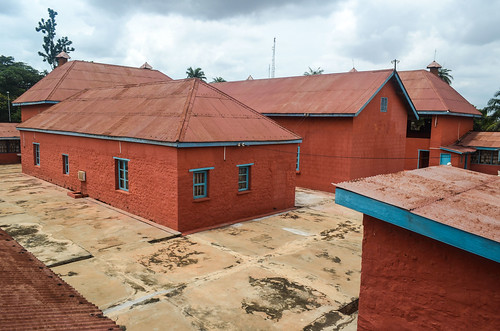
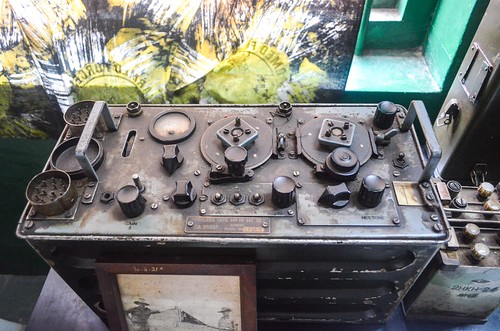

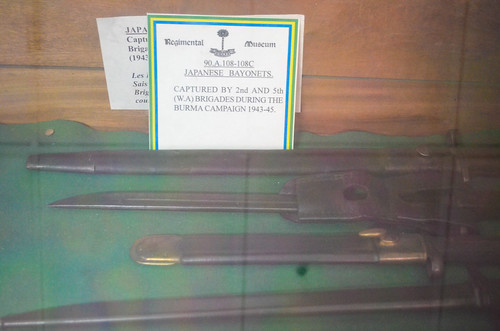
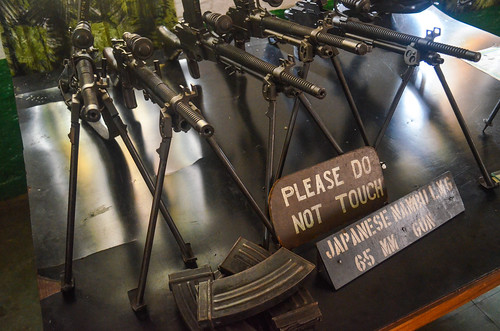
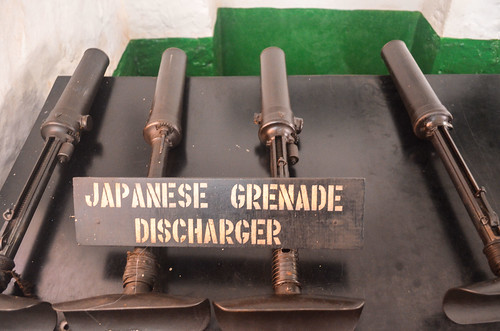

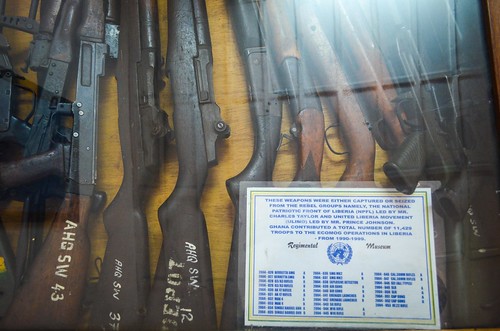
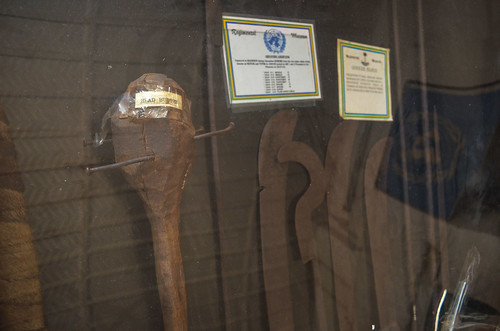
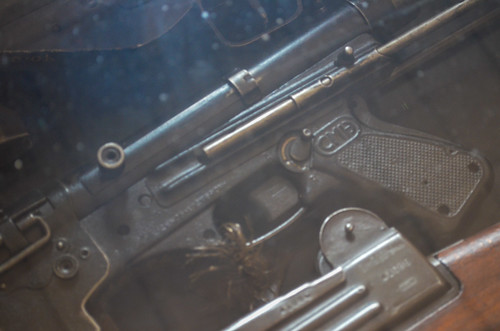

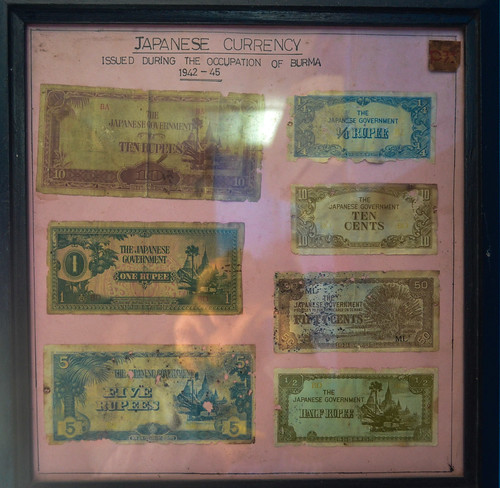

And some extra pictures from walking around in Kumasi …
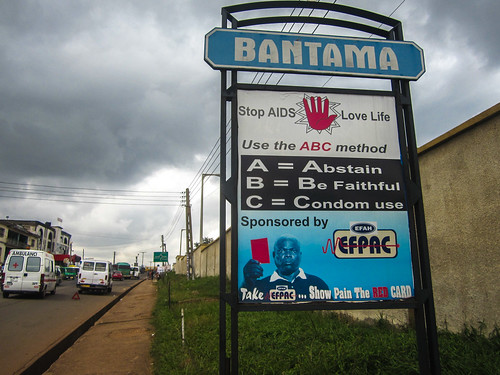
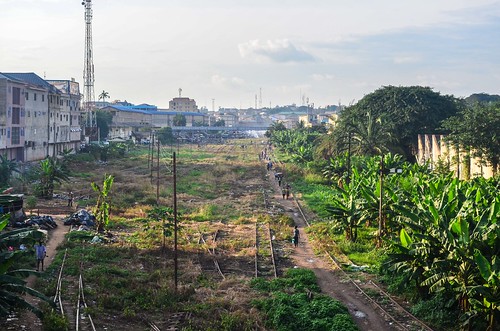


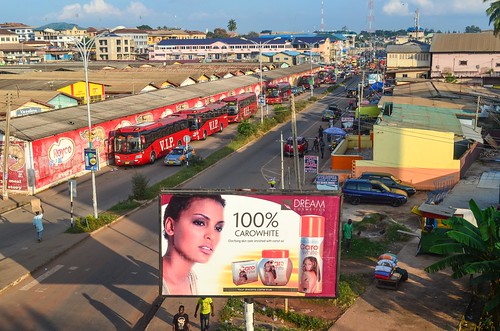

And my hosts, Selasi, Hannah and Praise


(for info, I washed my shirt the next day)







Leave a Reply